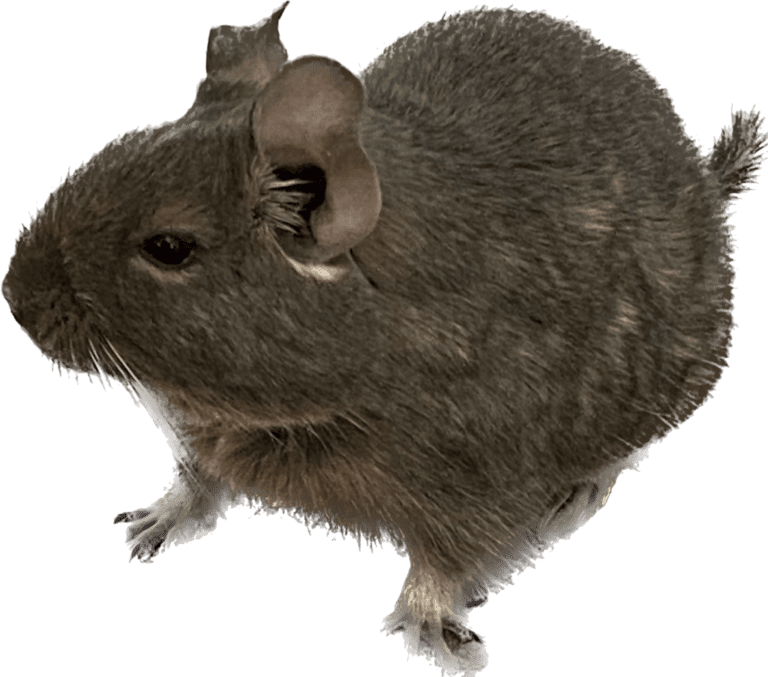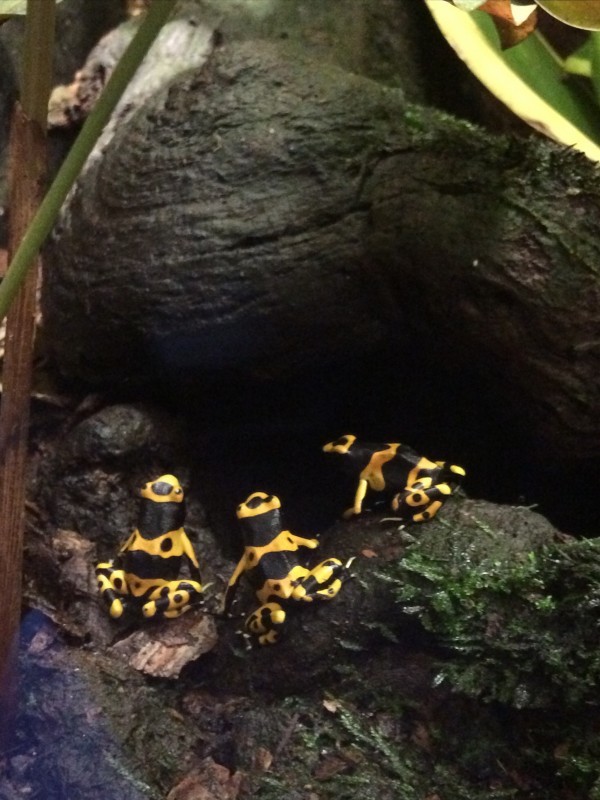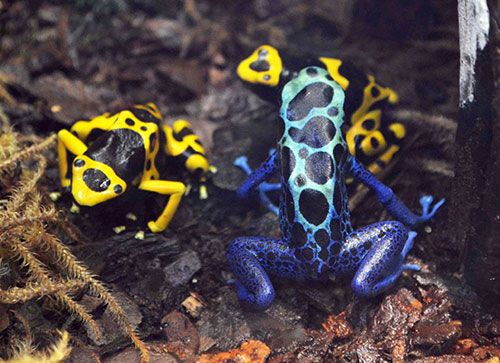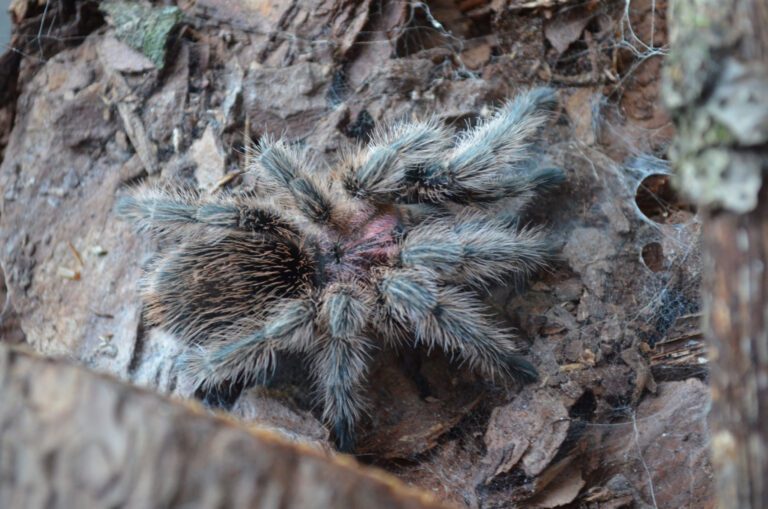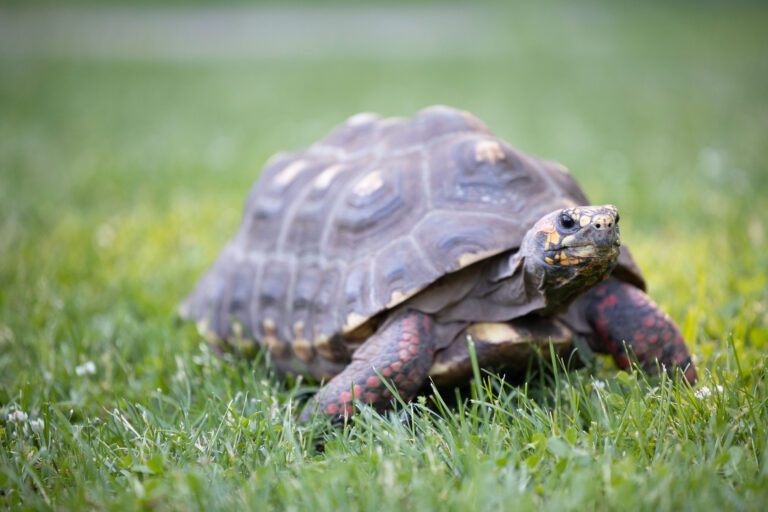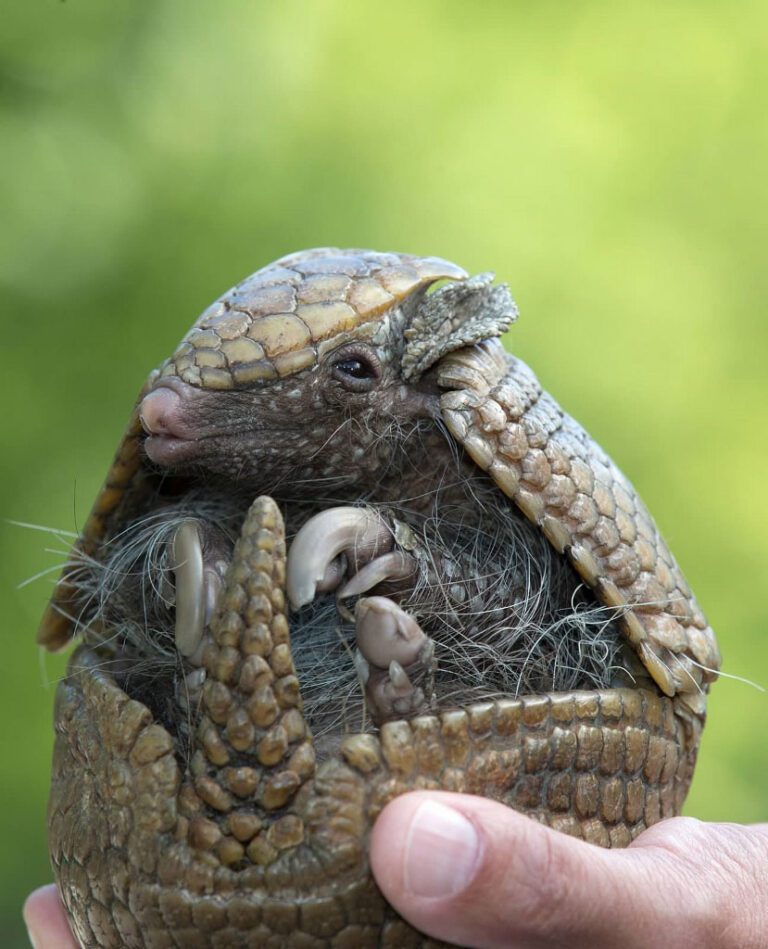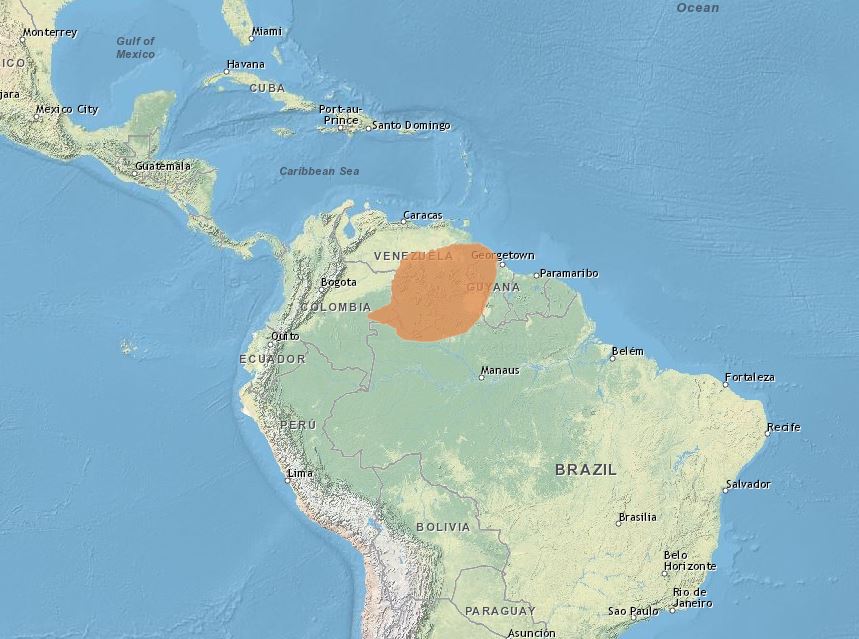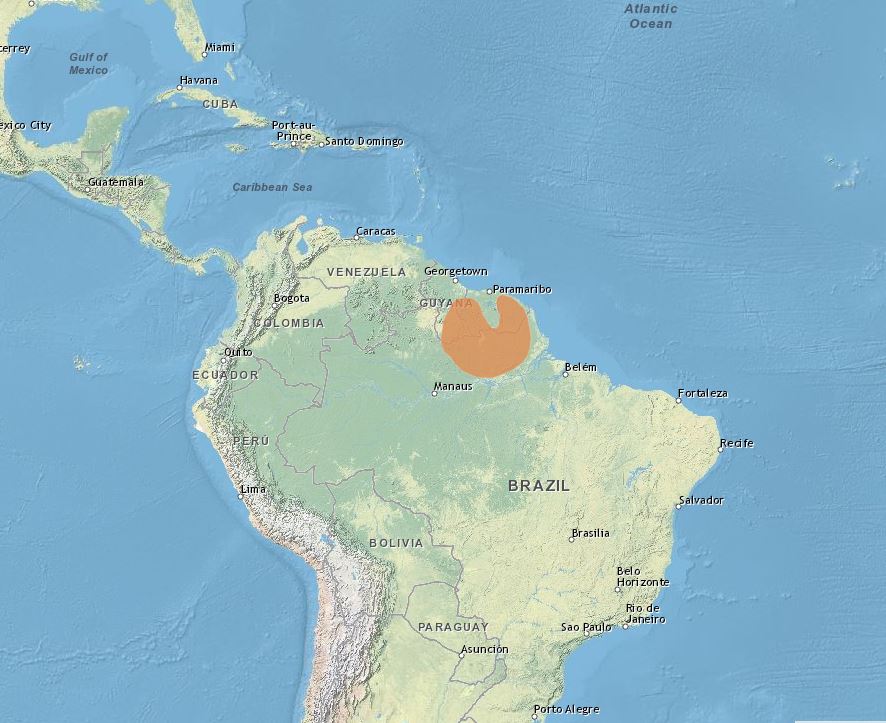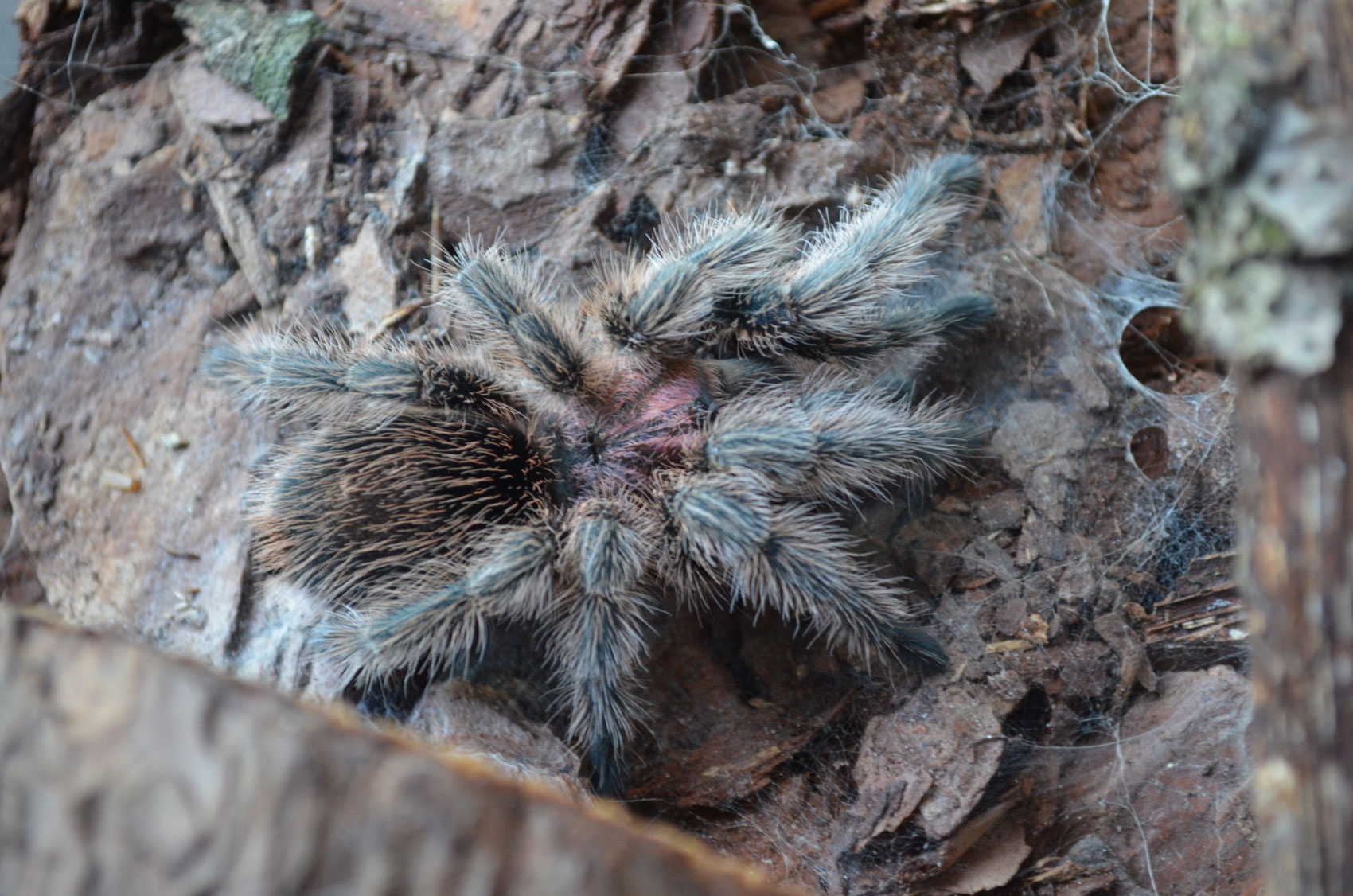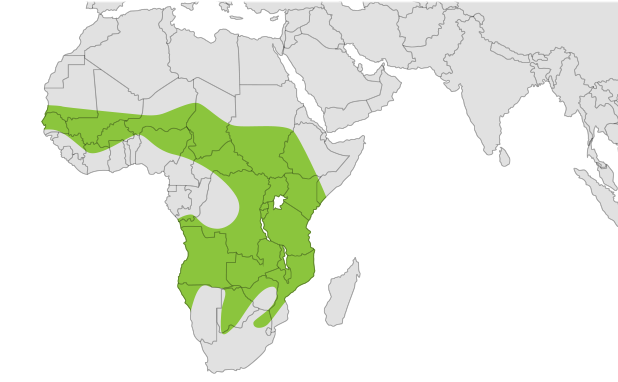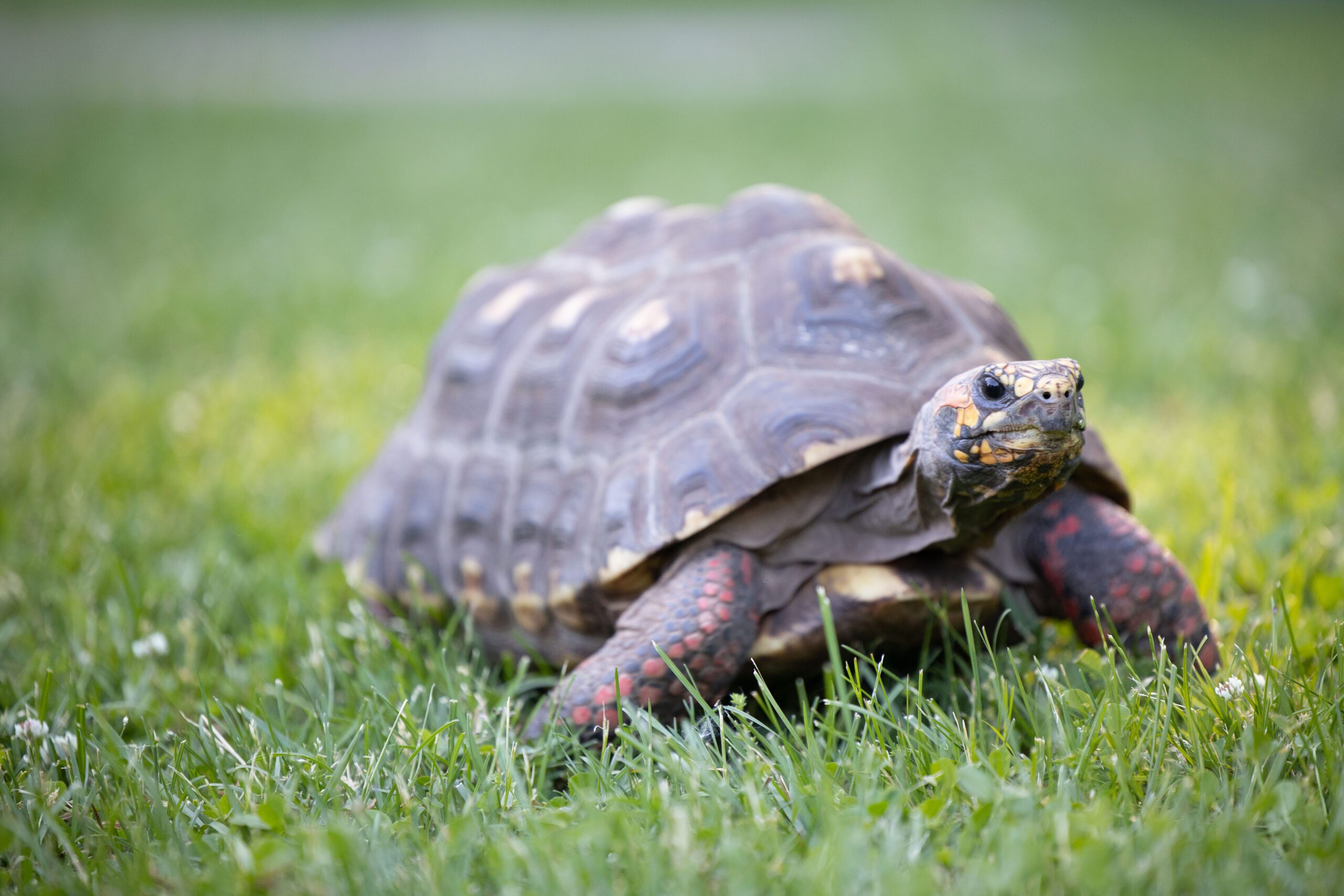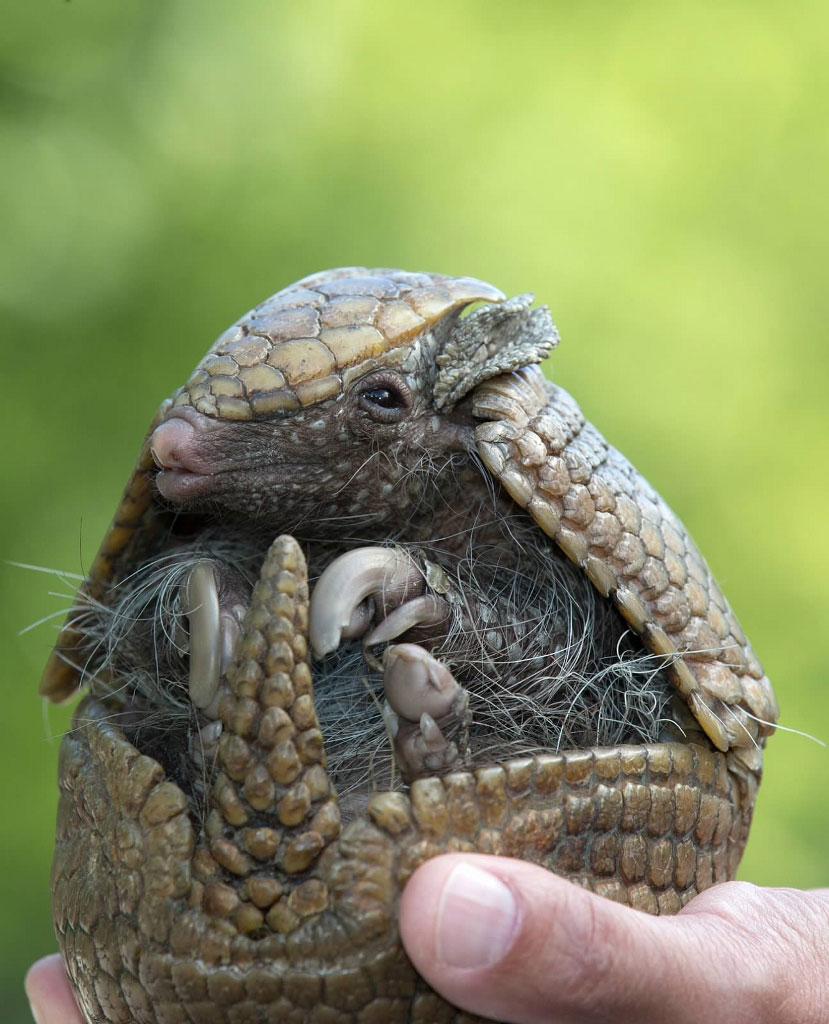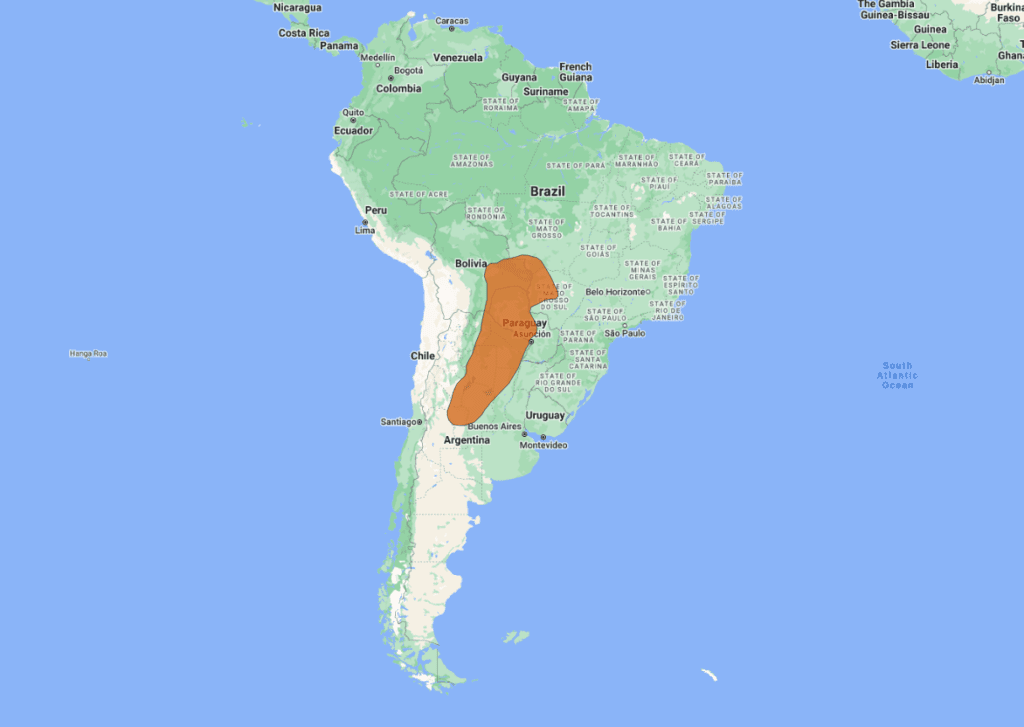Degu
(Octodon degus)
The Zoo is home to three degus in our Ambassador Animal collection. As such they are not kept in public view, but available for various programs, classes, ZooMobiles, birthday parties etc.
Animal Facts
Degus have yellowish-brown fur on their heads and backs with lighter undersides. The fur above and below the eyes is also lighter, and their large ears are darkly pigmented and lightly haired. The tail is moderately long with a short, black tufted tip.
Long, comb-like bristles project over claws on the hind feet. They have five clawed toes on their front feet and four on the bristled hindfeet.
Cheekteeth are hypsodont (high-crowned teeth and enamel extending past the gumline) with the biting surface resembling a figure eight.
There is no sexual dimorphism, but males tend to be about 10% larger than females.
Degus are semi-fossorial (fossorial means adapted to digging and living primarily underground), and they form digging chains to excavate elaborate burrow systems.
Diet
Herbivorous. Grasses, leaves, and bark of shrubs and seeds in nature. Rodent chow, greens, vegetables, hay and seeds in conservation care.
Status in The Wild
- Least Concern
International Union for Conservation of Nature (IUCN) Red List status


